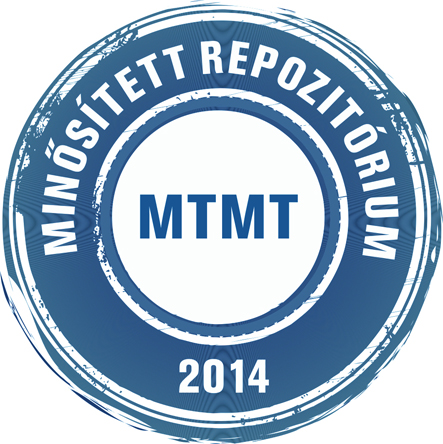Veszelka Szilvia; Bocsik Alexandra; Walter Fruzsina; Hantosi Dóra; Deli Mária A: Blood-brain carrier co-culture models to study nanoparticle penetration : focus on co-culture systems. In: Acta biologica Szegediensis, (59). pp. 157-168. (2015)
Előnézet |
Cikk, tanulmány, mű
59157.pdf Letöltés (814kB) | Előnézet |
Absztrakt (kivonat)
The blood-brain barrier, as a physical, active transport and metabolic barrier represents the main obstacle in the treatment of central nervous system diseases. The field of nanoparticle delivery systems is rapidly developing and nanocarriers seem to be promising for drug delivery or targeting to the brain. For testing the toxicity, uptake and transcellular transport of nanoparticles culture models of the blood-brain barrier are widely used, including immortalized brain endothelial cell lines, primary brain endothelial cells in static or dynamic culture conditions, and in co-culture systems with glial cells and/or pericytes. This mini-review gives a brief summary of blood-brain barrier co-culture models that were used for testing nanocarriers, the types of different nanoparticle systems that were examined on blood-brain barrier models, and the advantages, limitations and suitability of the blood-brain barrier models for nanoparticle penetration studies.
| Mű típusa: | Cikk, tanulmány, mű |
|---|---|
| Rovatcím: | Reviews |
| Befoglaló folyóirat/kiadvány címe: | Acta biologica Szegediensis |
| Dátum: | 2015 |
| Kötet: | 59 |
| ISSN: | 1588-385X |
| Oldalak: | pp. 157-168 |
| Nyelv: | angol |
| Kulcsszavak: | Vérkeringés agy |
| Megjegyzések: | Bibliogr.: p. 165-168. |
| Feltöltés dátuma: | 2016. okt. 17. 10:36 |
| Utolsó módosítás: | 2018. máj. 25. 12:02 |
| URI: | http://acta.bibl.u-szeged.hu/id/eprint/36022 |
 |
Tétel nézet |



